Automatic backup power that kicks in before your lights even flicker out.
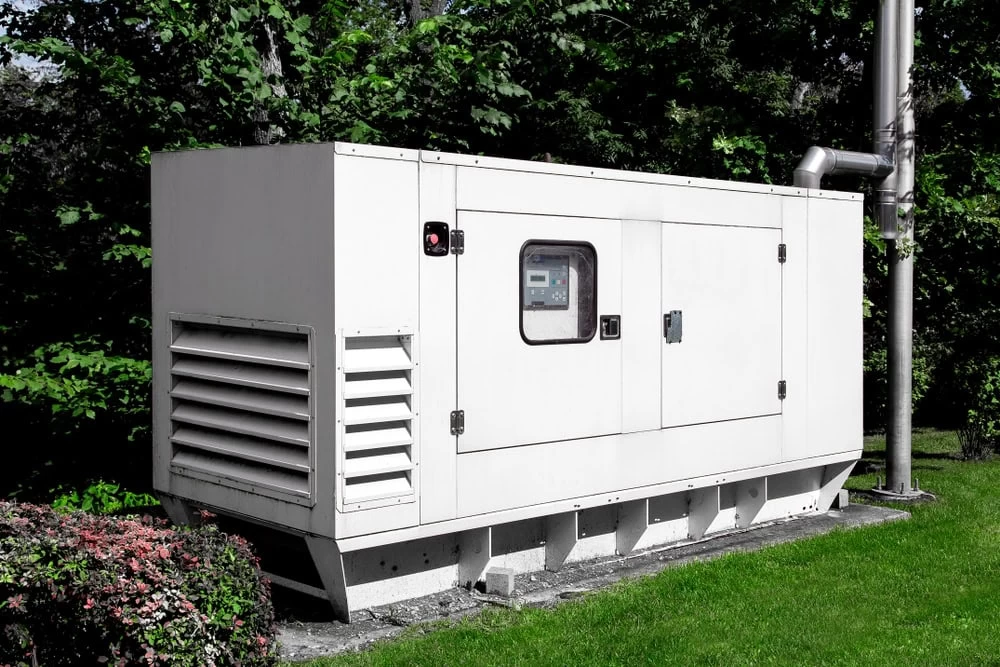
Hear from Our Customers
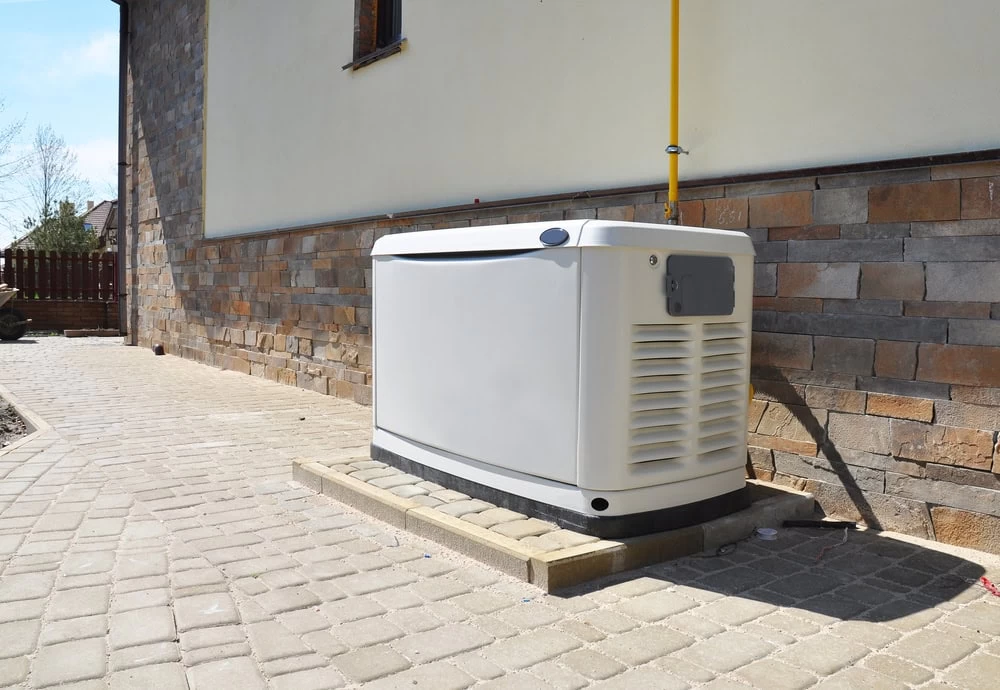
Your refrigerator keeps running. Your AC stays on. Your security system never goes down.
When the grid fails, you don’t even notice. No scrambling for flashlights or watching food spoil in a powerless refrigerator. Your home stays comfortable, secure, and fully functional while your neighbors deal with the inconvenience of another outage.
That’s what a properly installed standby generator does. It monitors your electrical system 24/7 and automatically starts within seconds of detecting a power loss. Your family stays comfortable, your business keeps running, and your property stays protected.
Hooked up Electric has been handling electrical installations across Texas for years. We understand how unpredictable weather and aging infrastructure affect power reliability in rural areas like Jud.
Our electricians are licensed, insured, and trained on the latest generator installation techniques. We handle everything from initial site assessment to final inspection, ensuring your backup power system meets all local codes and manufacturer specifications.
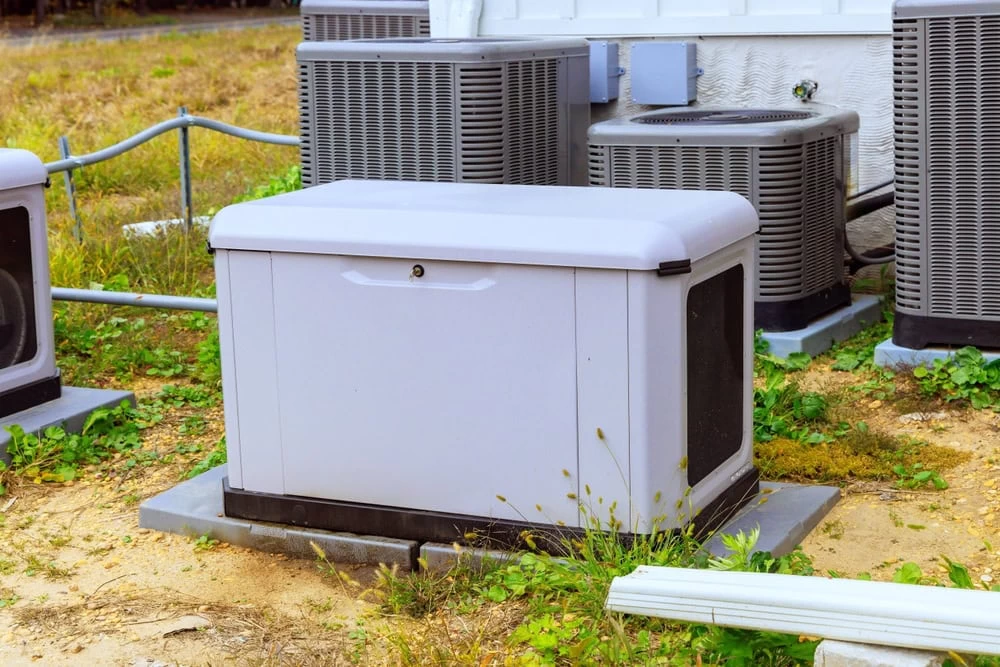
First, we assess your home’s power needs and determine the right generator size. This includes calculating your essential loads and identifying the best location for installation.
Next comes the electrical work. We install a transfer switch that safely disconnects your home from the grid and connects it to generator power. All wiring meets National Electrical Code standards and local requirements.
Finally, we connect the generator to your fuel source, test the entire system, and walk you through basic maintenance. Your generator will automatically exercise itself weekly to ensure it’s ready when you need it.
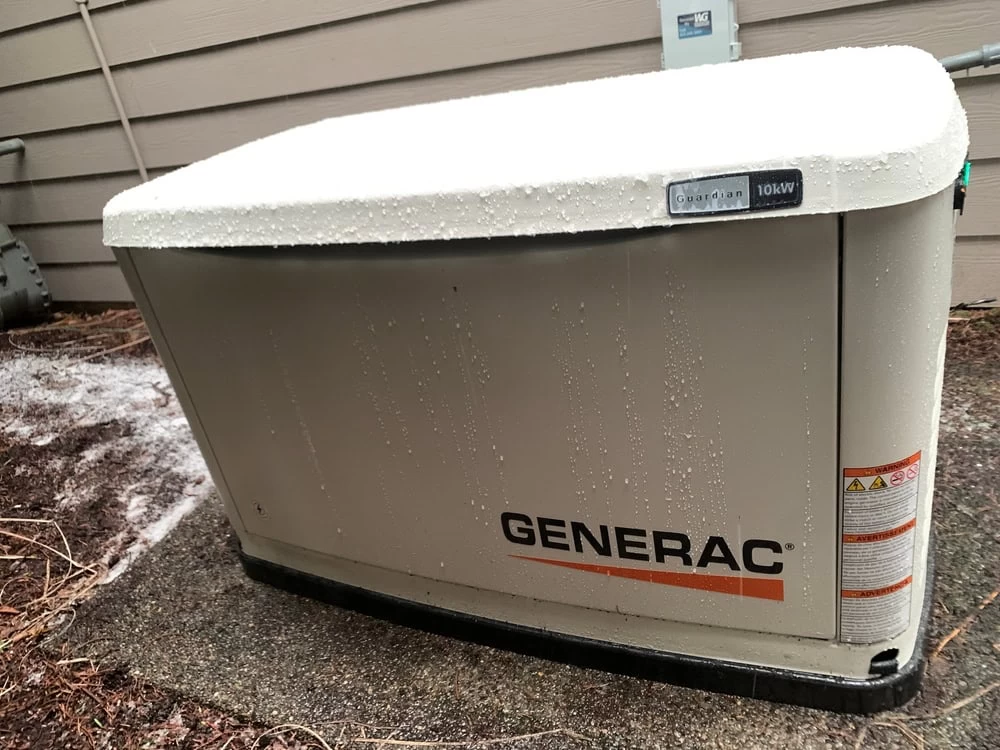
Ready to get started?
You get professional site preparation, including concrete pad installation and proper clearances from structures. The transfer switch installation handles the complex electrical connections that safely isolate your home from utility power.
All necessary permits are pulled and inspections are scheduled. We coordinate with your utility company for any required disconnections and handle manufacturer warranty registration.
Your installation includes startup, testing, and a complete walkthrough of your new system. We’ll show you how to monitor your generator and explain the basic maintenance schedule to keep it running reliably for years.
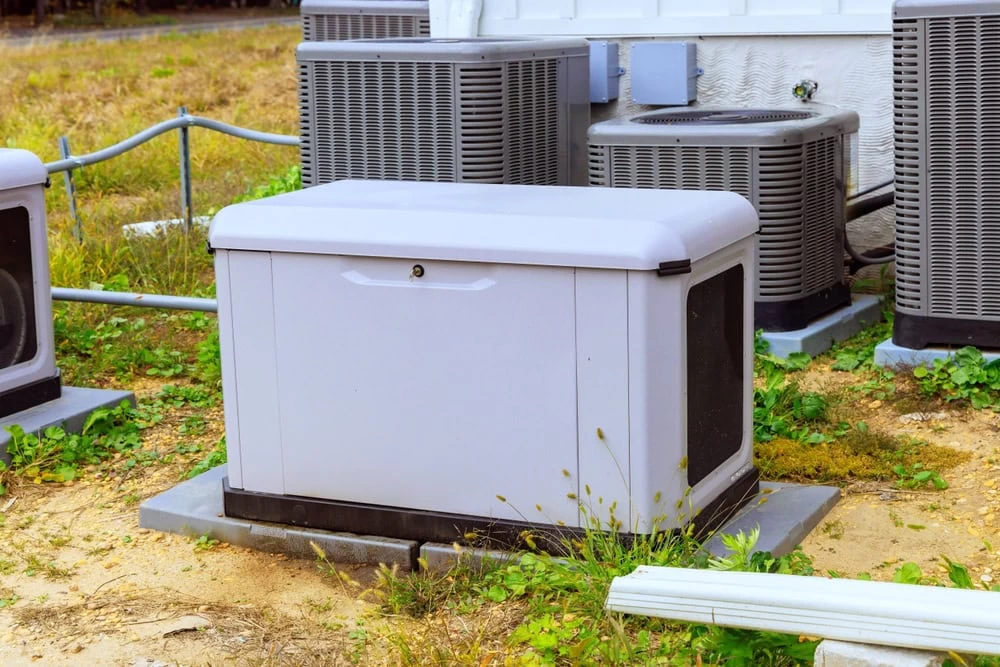
Other Services we provide in Jud